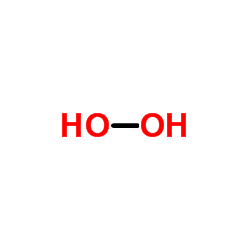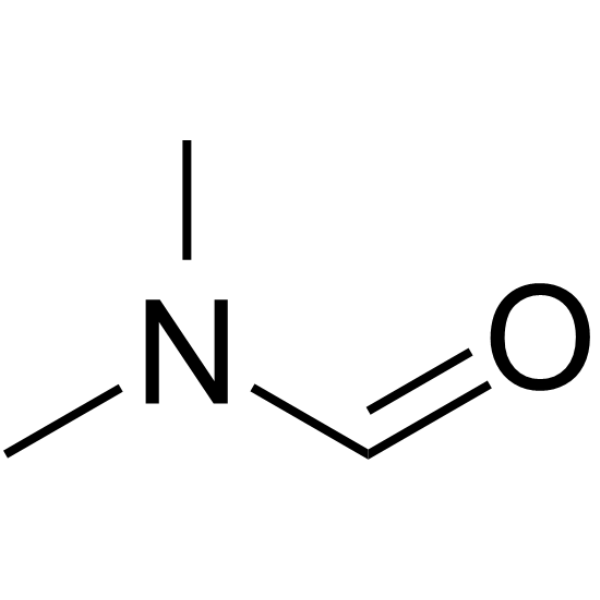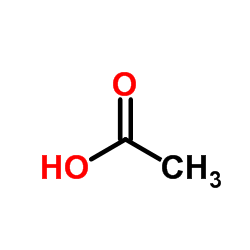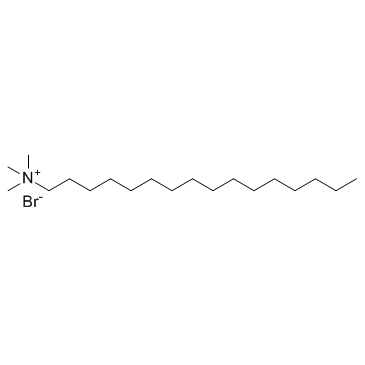| Structure | Name/CAS No. | Articles |
|---|---|---|
 |
Sulfuric acid
CAS:7664-93-9 |
|
 |
Hydrochloric acid
CAS:7647-01-0 |
|
 |
3,3'-Dimethoxybenzidine dihydrochloride
CAS:20325-40-0 |
|
 |
Hydrogen peroxide
CAS:7722-84-1 |
|
 |
Formaldehyde
CAS:50-00-0 |
|
 |
N,N-Dimethylformamide
CAS:68-12-2 |
|
 |
acetic acid
CAS:64-19-7 |
|
 |
Hexadecyl trimethyl ammonium bromide
CAS:57-09-0 |
|
 |
o-Phenylenediamine
CAS:95-54-5 |
|
 |
toluidine blue for microscopy
CAS:6586-04-5 |